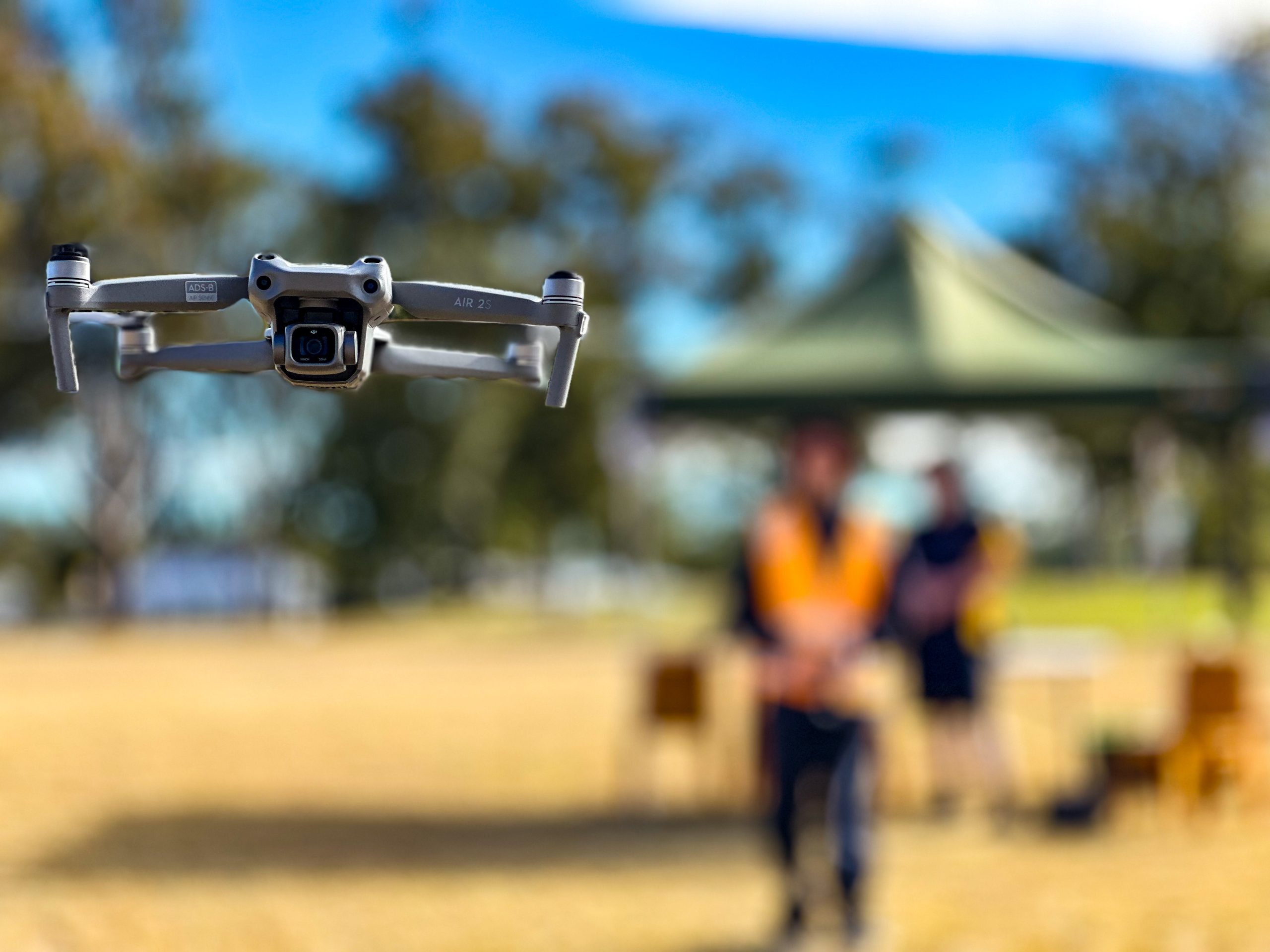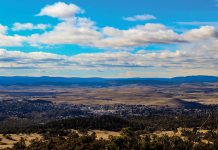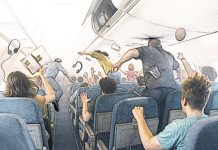Drone education – future proofing the industry
Located in southeast Queensland, approximately 130 km from Brisbane, lies a charming town called Warwick.
At Warwick Christian College, Philip Sargeson is a teacher who provides senior students the opportunity to get into the aviation industry by delivering the Certificate III in Aviation (Remote Pilot).
The certification provides students with foundational knowledge of operating a remotely piloted aircraft (RPA) safely, delivered through theory and practical experience.
When students successfully complete the course, they get their remote pilot licence (RePL) and an aeronautical radio operator certificate (AROC), subject to Civil Aviation Safety Authority (CASA) approval.

Philip said no other secondary educational institution in the region offers this qualification.
‘Being regional, we’re giving the students the opportunity to get a proper qualification, before they even leave school,’ he says.
The program aims to equip students with valuable aviation skills, giving them hands-on experience from industry professionals.
‘The RPA industry is booming right now and by offering the certification, students are prepared to enter the workforce and seize opportunities right at the doorstep as they leave school.’
Eight students have enrolled in the course this year, allowing them to learn from each other and engage with industry.
‘Students learn from industry professionals too. Drone pilots from Aviation Australia come out and do a demonstration flight, then students fly a drone, and log their flight hours in their CASA logbooks.’
Students need to complete each module with a 20-minute exam; however, Philip also ensures the course has practical elements too.
‘We’ll go onto our school oval and practise different manoeuvres to be proficient in obtaining the RePL,’ he says.
‘Interestingly I’ve noticed that students who play video games have really good reflexes and control over the drone.’
Philip says that before enrolling in the course, students have little knowledge of the RPAS industry and are surprised by the opportunities it can unlock for them.
‘I love seeing how the students are so impressed with the different RPA available, what they can do with this certification and the types of careers they can pursue.’
Drone safety education throughout the course is the most important part. To capture the attention of teenagers, Philip shows the risk of unsafe drone operations to the students.
‘At the beginning of the course, I show a YouTube video of a blender with drone propellers. Someone then drops fruit and veggies into the propellers, and it shows the students the potential of a drone’s propellers,’ he says.
‘[Drones] are really cool, but they can be quite dangerous if you’re flying unsafely.’
Philip’s top safety tip is to always be aware of hazards nearby before you take off.
‘Before we take flight in the open field, I ask the students to identify 5 nearby hazards.’





